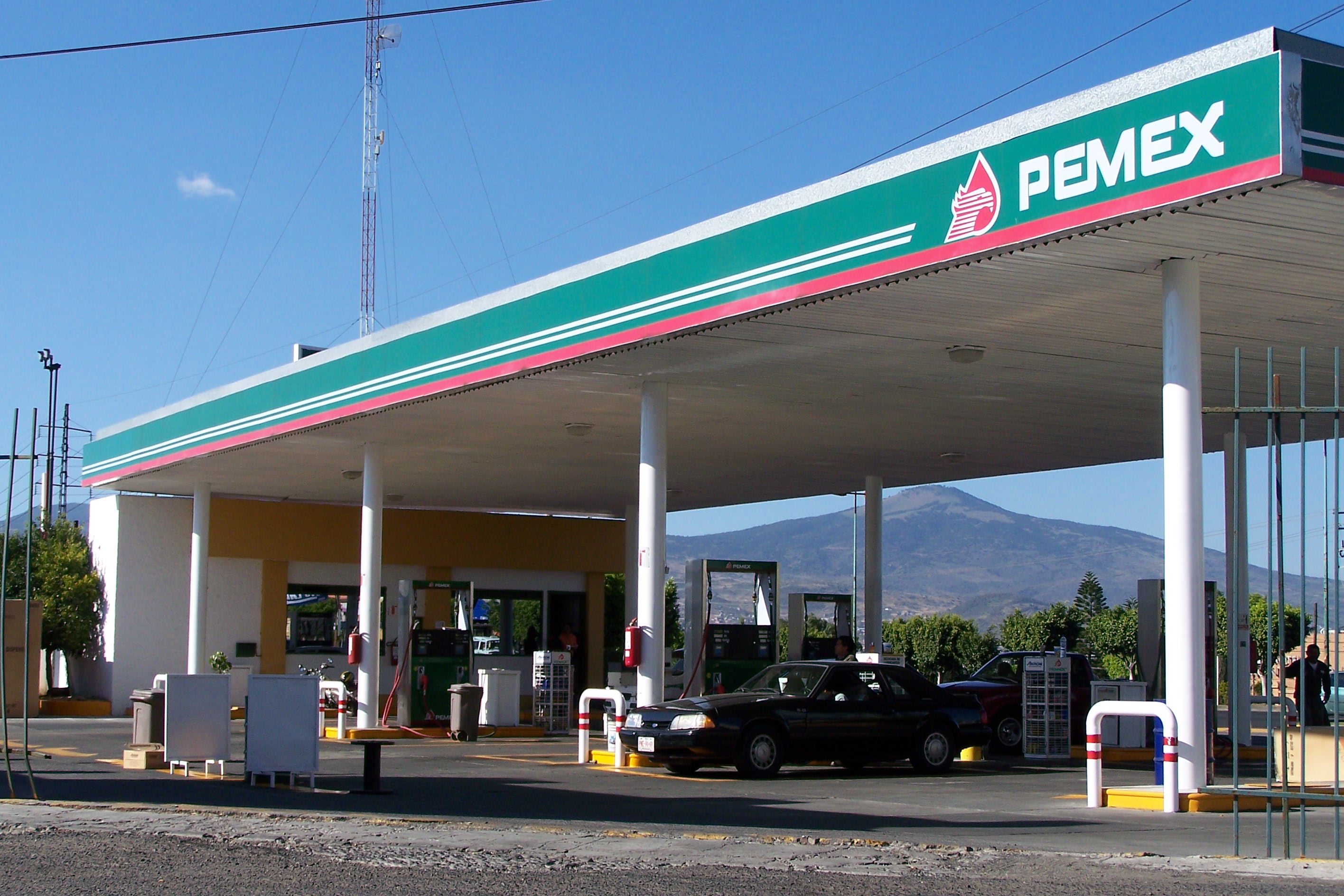It's now been nearly six months since Mexico's legislature acquiesced to a measure removing a 75-year monopoly held by the state company, Petroleos Mexicanos (Pemex), for the production of oil and gas in the country.
There's been little recent news on the issue, as lawmakers south of the border button up details. But I'm betting that you'll see crews from the likes of Chevron (CVX 1.50%), ExxonMobil (XOM 1.72%), and Anadarko Petroleum (APC) traipsing south in the not-too-distant future.
Source: Wickipedia.
Service companies like Halliburton and Diamond Offshore have been assisting Pemex for years. But, when the exploration and production companies are able to conduct their own operations in Mexico, it'll be the first time that's happened since 1938.
Big reserves and smaller production
Mexico definitely needs the help: During the past 10 years, the country's output has slid by 25%. As a prime example of these worsening circumstances, the offshore Cantarell field, once the world's second largest, has seen its contribution to Mexican output plummet from 2.1 million barrels per day in 2003 to 400,000 daily barrels last year. Conversely, companies operating in Texas have managed to catapult the state's oil and gas output by 150% during the same period.
None of this is to say that Mexico's oil and gas cache has been reduced dramatically. Indeed, conservative estimates peg its oil reserves at about 10 billion barrels and natural gas at about 17 trillion cubic feet. And there are those at the other extreme who are happy to dole out numbers like 60 billion barrels of oil onshore, and another 26 billion barrels in the country's portion of the deepwater Gulf of Mexico.
Three quarters of Mexico's current onshore production occurs in the Chicontepec project northeast of Mexico City. But that's only because the country hasn't really tapped into its substantial resources to the north, between the border with Texas and Veracruz.
The South Eagle Ford?
You, of course, know about the Eagle Ford Shale in South Texas. Since geology doesn't respect national boundaries, you might expect Mexico's Burgos Basin, just south of the border, to possess similar characteristics. And you'd be right. Pemex has tossed out some possible natural gas reserve numbers for the basin that are so astronomical that I won't repeat them here. South of the Burgos, along the Gulf of Mexico coast, is the Tampico-Mislanta Basin, which is also potentially prolific.
The majority of the country's current total production occurs offshore in the Bay of Campeche, north of the Yucatan Peninsula. That body includes the abovementioned and dwindling Cantarell, which I first discussed with Fools back in 2007. While Pemex has conducted tentative forays into the deepwater, it's likely that companies with experience in the U.S. Gulf of Mexico will have better luck.
Ready for the kickoff
Once Mexico's legislature completes the secondary terms regarding the contractual arrangements that will govern the foreign companies working there, I expect an influx of major and larger independent companies into the country. However, one of the dangers that will require increased attention beforehand is the presence of the drug cartels and organized crime gangs that tend to congregate to the north, especially in the states along the Texas border.
My betting is that the first producing companies to operate in Mexico likely will include the threesome named in the first paragraph above, along with others with experience in the Eagle Ford or the deepwater Gulf of Mexico. Indeed, when the legislature first acted, Ali Moshiri, Chevron's head of exploration and production in Latin America and Africa, said, "I think this reform move has been a tremendous move in the right direction in the Mexican energy industry."
ExxonMobil already has an office in Mexico City. And the company's CEO Rex Tillerson has noted that Exxon hands have begun working with Pemex on some pilot studies, the objective of which is "so we can get to know each other."
An analyst favorite, Anadarko has skillfully developed significance in the deepwater U.S. Gulf of Mexico. At the same time, it's been successful off West Africa and Mozambique, and in the Eagle Ford, where its fourth quarter 2013 production increased by 36% year over year.
The Foolish bottom line
Obviously there will be others. For now, however, the opening of a virtually new frontier for the international oil and gas operators warrants close attention from investors with a bent for energy.





